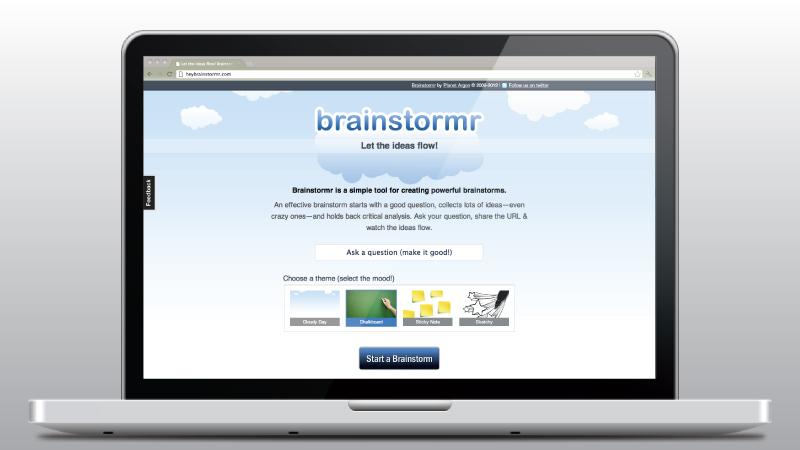It is the first ever Design Week Portland and I stopped by Fullscreen PM last night, a “casual creative show and tell meet up” and one of the multitude of nifty DWP events. There were a bunch of cool projects that artists, designers, and developers showed off, but I particularly liked Kaleidoscope, made by the folks at Instrument. It’s a beautiful javascript-based physics toy with which you can generate revolving clouds of customizable particles and then split it all apart into a lovely fracturing kaleidoscope. Hypnotic on large screens, engaging and interactive on handheld devices, Kaleidoscope is definitely worth exploring.
Fun interactive web-based visual toy
10 Oct 2012
